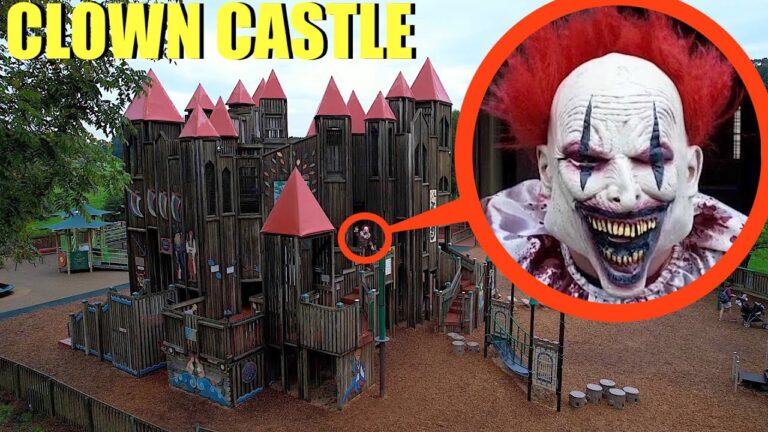Shining a Spotlight on Lighting Designers: Job Description and Salary

Lighting Designer Job Description Template
Lighting Designer Job Description A lighting designer is a professional responsible for creating visually appealing and functional lighting designs for various live events, performances, and installations. They work closely with directors, set designers, and production teams to understand the artistic vision and technical requirements of a project. One of the crucial aspects of a lighting designer’s job is to develop a comprehensive lighting plan that enhances the mood, atmosphere, and overall aesthetics of the production. They use their creative skills and knowledge of lighting techniques, equipment, and technologies to design lighting schemes that effectively highlight the performers, set pieces, and other elements of the stage. In addition to the artistic aspect, lighting designers also need to have a strong understanding of technical aspects such as electrical systems, rigging, and safety protocols. They collaborate with technicians and electricians to ensure the proper installation, operation, and maintenance of lighting fixtures and control systems. Furthermore, lighting designers are responsible for managing the budget and resources allocated for lighting design. They need to source and select appropriate lighting equipment, negotiate with suppliers, and ensure cost-effective solutions without compromising the artistic vision. Attention to detail and effective communication skills are essential for lighting designers, as they need to accurately convey their ideas to the production team and make adjustments based on feedback. They should also stay updated with the latest advancements in lighting technology and industry trends to provide innovative and cutting-edge designs. Overall, a lighting designer plays a vital role in creating captivating visual experiences for audiences and ensuring the seamless integration of lighting elements into the overall production design. Key words: creativity, technical expertiseLighting Designer Responsibilities
Lighting Designer Requirements
How Much Does A Lighting Designer Make?
Lighting Designer Salary
| Experience Level | Average Annual Salary |
|---|---|
| Entry Level | $30,000 – $45,000 |
| Mid-Career | $45,000 – $65,000 |
| Experienced | $65,000 – $85,000 |
| Senior Level | $85,000+ |
A lighting designer is responsible for creating and implementing lighting designs for various events, performances, or architectural spaces. They work closely with clients, architects, and other professionals to understand the desired atmosphere and lighting requirements. Lighting designers use their technical and artistic skills to design and install lighting systems that enhance the overall aesthetic and functionality of a space.
The salary of a lighting designer varies based on factors such as experience, location, and industry. Entry-level lighting designers can expect to earn an average annual salary between $30,000 and $45,000. As they gain more experience and expertise, mid-career lighting designers can earn between $45,000 and $65,000 per year. Experienced professionals in this field can earn salaries ranging from $65,000 to $85,000 annually. Those at the senior level, with extensive experience and a proven track record, can earn $85,000 or more.
It’s important to note that these salary ranges are approximate and can vary depending on factors such as the size and reputation of the company, the complexity of projects, and the demand for lighting designers in a particular location. Additionally, freelance lighting designers may have different earning structures based on project-based contracts.
Lighting Designer Salaries by Country
Top Paying Countries for Lighting Designer
| Country | Average Salary (USD) |
|---|---|
| United States | $62,000 |
| Canada | $55,000 |
| United Kingdom | $45,000 |
| Australia | $40,000 |
| Germany | $38,000 |
A lighting designer is responsible for creating and implementing lighting designs for various events or productions. The salary of a lighting designer may vary depending on factors such as experience, location, and demand for their services.
According to the data provided in the table, the top paying countries for lighting designers are the United States, Canada, United Kingdom, Australia, and Germany. The average salaries in these countries range from $38,000 to $62,000 per year.
Please note that these figures are approximate and can vary based on individual qualifications and market conditions. It is also important to consider factors such as cost of living and taxes when comparing salaries across different countries.
A video on the topic Lighting Designer
Video Source : Kettner CreativeInterview Questions for Lighting Designer
1. What does a lighting designer do?
A lighting designer is responsible for creating and implementing the lighting design for a theatrical, dance, or live event production. They work closely with the director and other designers to establish the mood, atmosphere, and visual aesthetic of the production using various lighting techniques and equipment.
2. What skills are necessary to become a successful lighting designer?
Successful lighting designers possess a strong understanding of lighting principles, knowledge of lighting equipment, artistic creativity, technical proficiency, and the ability to collaborate effectively with other designers and production teams. They should also have good communication and problem-solving skills.
3. How do you approach designing the lighting for a production?
I start by thoroughly reading the script or discussing the concept with the director to understand the overall vision and mood of the production. Then, I create a lighting design plan that includes the desired lighting effects, color schemes, and the placement of lighting fixtures. I also consider the practicality and safety of the design within the venue.
4. What factors do you consider when selecting lighting fixtures?
When selecting lighting fixtures, I consider factors such as the desired lighting effect, the size and layout of the performance space, power requirements, budget constraints, and the availability of the fixtures. I also consider the specific needs of the production, such as the required color temperature or the ability to create certain lighting effects.
5. How do you collaborate with other designers and production teams?
I collaborate closely with other designers, such as set designers and costume designers, to ensure that the lighting design harmonizes with the overall visual concept of the production. I also work closely with the technical team to ensure that the lighting design can be executed safely and efficiently. Regular meetings and open communication are essential for a successful collaboration.
6. How do you stay updated with the latest lighting technologies and techniques?
I attend industry conferences, workshops, and trade shows to learn about the latest lighting technologies and techniques. I also actively engage with online communities and publications dedicated to lighting design. Additionally, I experiment with new equipment and techniques in my own projects to expand my knowledge and skills.
7. Can you describe a challenging lighting design project you have worked on?
One challenging project I worked on was a dance performance that required complex lighting cues and synchronized effects. We had limited time for technical rehearsals, so I had to carefully plan and pre-program the lighting cues to ensure smooth transitions and accurate timing. It required a lot of coordination and attention to detail, but the end result was very rewarding.
8. How do you handle feedback and revisions from the director?
I value feedback from the director as it helps me understand their vision more clearly. I actively listen to their suggestions and concerns, and then revise the lighting design accordingly. I view feedback as an opportunity for growth and improvement, and I strive to find creative solutions that address the director’s feedback while maintaining the integrity of the overall design.
9. How do you ensure the safety of the lighting design?
I ensure the safety of the lighting design by following industry standards and regulations. I conduct thorough inspections of all electrical equipment, ensure proper grounding and cable management, and perform regular maintenance checks. I also collaborate closely with the venue’s technical team to address any safety concerns and ensure the safe operation of the lighting design.
10. Can you describe a memorable lighting design project and why it was memorable?
A memorable lighting design project for me was a large-scale musical production. The production involved intricate set changes, complex choreography, and a wide variety of lighting effects. It was memorable because it challenged me creatively and technically, requiring me to think outside the box to achieve the desired visual impact. The positive feedback from the audience and the sense of accomplishment made it a truly memorable experience.






